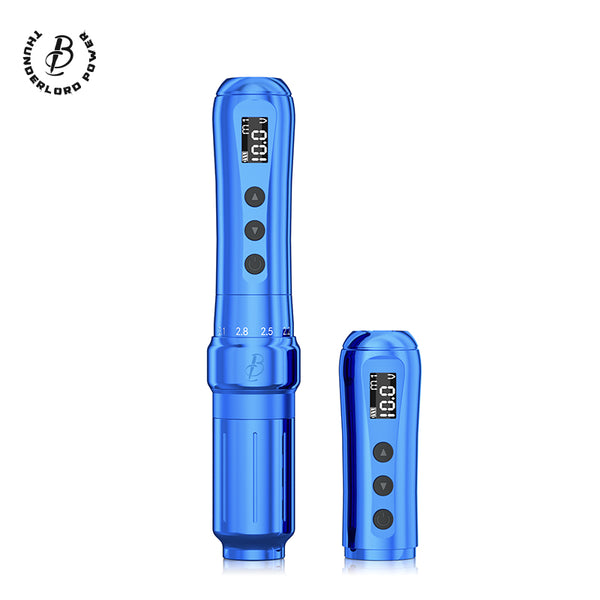The Origins of Micropigmentation Ink
Over the years, the beauty industry has witnessed a remarkable transformation with the advent of micropigmentation ink. This innovative technique, also known as permanent makeup or cosmetic tattooing, involves the implantation of pigments into the skin to enhance features such as eyebrows, lips, and eyeliner. The evolution of micropigmentation ink can be traced back to ancient civilizations where various forms of body art were used for cultural and ritualistic purposes.

The Technological Advancements in Micropigmentation Ink
With advancements in technology and techniques, micropigmentation ink has become more refined and sophisticated. The pigments used in modern micropigmentation are specially formulated to ensure longevity and color retention. These pigments are now available in a wide range of shades to cater to diverse skin tones and preferences. Additionally, the tools and equipment used for micropigmentation have also evolved, allowing for more precise and natural-looking results.
The Safety and Regulation of Micropigmentation Ink
As the popularity of micropigmentation ink continues to grow, so does the importance of safety and regulation in the industry. It is crucial for practitioners to adhere to strict hygiene standards and use high-quality, sterile pigments to prevent infections and adverse reactions. Regulatory bodies have also been established to ensure that micropigmentation procedures are performed safely and ethically. Clients are advised to research and choose reputable professionals who prioritize safety and quality.
The Future of Micropigmentation Ink
Looking ahead, the future of micropigmentation ink holds exciting possibilities. Advances in pigment technology may lead to even more natural and long-lasting results. Techniques such as microblading and nano-needling are gaining popularity for creating hyper-realistic hair strokes and subtle enhancements. Moreover, the integration of digital tools and artificial intelligence may revolutionize the way micropigmentation procedures are planned and executed, further enhancing precision and customization.
In conclusion, the evolution of micropigmentation ink in the beauty industry has been a fascinating journey marked by innovation and creativity. From its ancient roots to modern-day advancements, micropigmentation continues to redefine beauty standards and empower individuals to enhance their features with confidence. As technology and techniques continue to evolve, the future of micropigmentation ink holds immense promise for even more stunning and personalized results.



